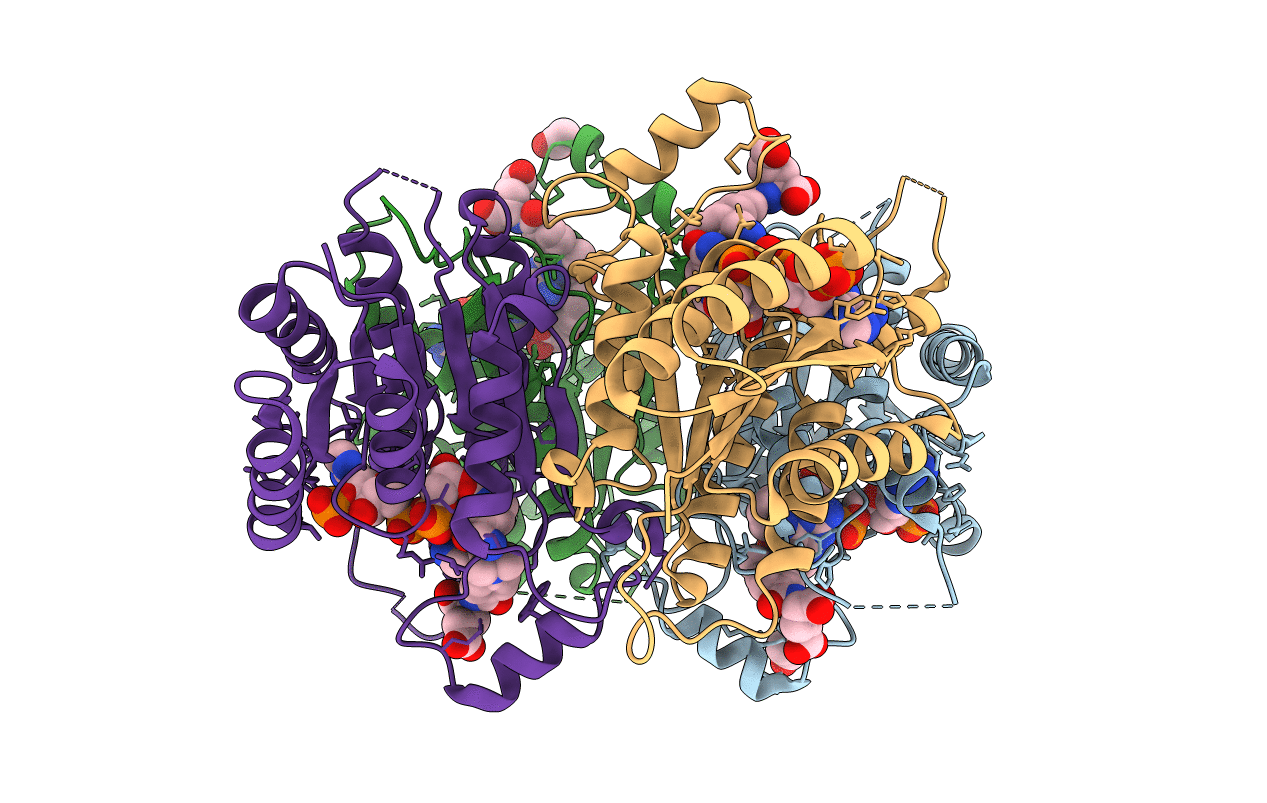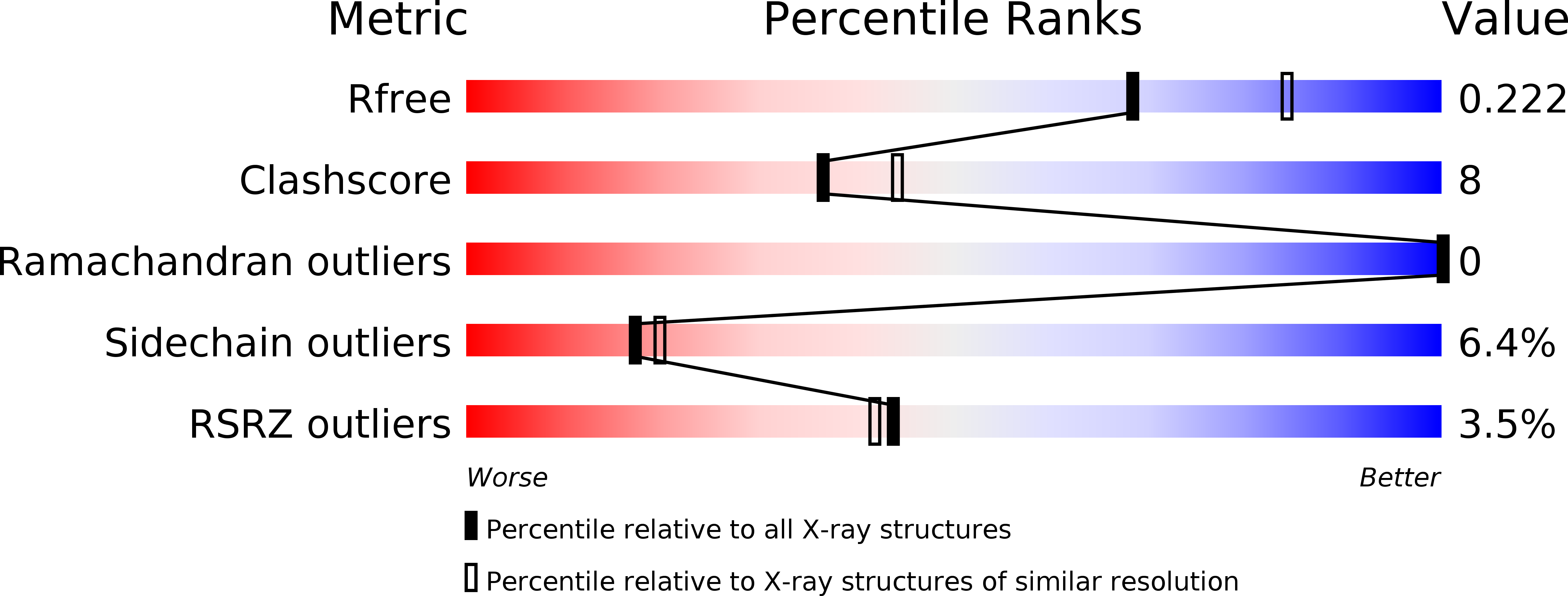
Deposition Date
2005-11-29
Release Date
2006-09-19
Last Version Date
2024-11-13
Entry Detail
PDB ID:
2C7V
Keywords:
Title:
Structure of Trypanosoma brucei pteridine reductase (PTR1) in ternary complex with cofactor and the antifolate methotrexate
Biological Source:
Source Organism:
TRYPANOSOMA BRUCEI BRUCEI (Taxon ID: 5702)
Host Organism:
Method Details:
Experimental Method:
Resolution:
2.20 Å
R-Value Free:
0.22
R-Value Work:
0.15
R-Value Observed:
0.15
Space Group:
P 1 21 1


